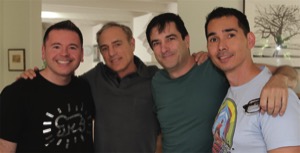
When Boy Culture, the movie, came in 2006, queer cinema was still evolving from story lines that revolved around “coming out” to more nuanced understandings of the LGBTQ experience, especially among communities of color. Films like Quinceañera (United States), Love My Life (Japan) and Queens (Spain) may have incorporated “coming out” as a leitmotif, but these and many other releases that year understood the need to explore fundamental constructs about life. (The film made its actual United States debut in 2007.)
One of those constructs is the examination of the male escort. Based on the critically-acclaimed 1995 novel of the same name by Mathew Rettenmund, Boy Culture examines the relationship of an escort named ‘X’ (Matthew Wilkas) – to disguise his real identity – and his two roommates, Andrew (Darryl Stephens of Noah’s Arc fame) and Chayce (Matthew Crawford) and their interpersonal relationships.
The film received generally favorable reviews – The New York Times called it a “slick and absorbing drama … a cerebral blend of insight, wit and raunchy self-awareness.” While the film earned a humble gross of about $263,000, the film itself garnered numerous first prizes in film festival circuits around the world. Boy Culture took home the Grand Jury Award at L.A.’s Outfest for Best Screenplay, nabbed the Paramount Comedy Award at the Milan International Lesbian and Gay Film Festival and received the Jury Award for Best Narrative Feature as well Best Film at the Philadelphia International Gay & Lesbian Film Festival.
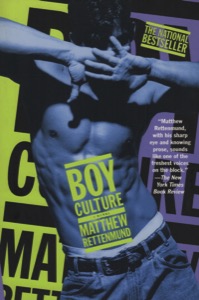
But Q. Allan Brocka, the director and co-writer of the film, was never content to let the film become an asterisk on the growing list of LGBTQ cinema. Now, ten years later, after a highly successful Kickstarter campaign, Brocka is back and ready to start production on a serial production that further delves into the lives of the three main characters. Also, all of the original actors are slated to return to their former roles.
San Diego LGBT Weekly spoke with Brocka about what’s changed, getting the project going and the shadow of Brocka’s uncle Lino Brocka who is widely considered to be one of the most influential Filipino directors in the history of his country.
San Diego LGBT Weekly: The question, the one that has probably been asked countless times before, is why now? Ten years after the initial release of Boy Culture, is there something at this moment in time that motivated you to revisit your film?
Q. Allan Brocka: Honestly, we’ve always wanted to do a follow up to X’s story. The idea of a series where X gets involved with a new client every episode and how it affects his home life has been with me since the original film. We pitched the idea quite a bit after the release of the original film in 2007 but it was too “edgy” and/or too gay for every place we went. The more recent success stories of web series and the proliferation of content outlets inspired us to revisit the series idea, and the passage of time has really shaped what the series would be about.
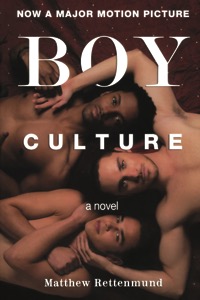
Why did you change Andrew’s race from white to black? Is that a decision you’re satisfied with, looking back?
In adapting the novel, I found that it so thoroughly encompassed my experience with the LGBT community with the exception of one major aspect, race. As a person of color, I had so many experiences the would fit so well in this story. I thought there was so much opportunity to expand X’s world by including characters of color in my version of the story. There was (and still is) a major lack of representation of people of color in LGBT cinema and I think it’s important to tell all of our stories. It’s a decision I’m very happy with.
How did you react when you finished Matthew Rettenmund’s book? What made the biggest impact?
I was (and still am) amazed by Matthew Rettenmund’s talent and his amazing ability to make you laugh, turn you on, and satisfy you intellectually at the same time. His writing is everything you want in a mate.
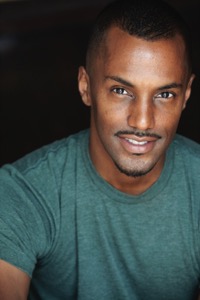
When I went to Rotten Tomatoes to get a sense of how people reacted to Boy Culture, I was genuinely surprised by the disconnect between people whose job it is to review movies and the people who pay to watch it. By and large, the public loved it. Critics were not so kind. Why do you think there was such a substantial difference in reaction?
It’s funny, ten years later I only remember the good reviews. Back then, I think I obsessed over bad reviews, but now I couldn’t tell you what any of them said.
Where are you starting the series – which you are now able to produce thanks to a 50K fundraising coup? What issues do you feel you can explore more fully given the limitation of the film’s length and the hindsight of time?
We’ve already written all of the episodes. We explore a number of issues; many of them related to time, as its ten years later, our characters are older and all starting new chapters in their lives.
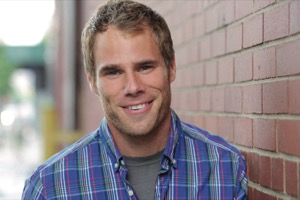
Talk about your uncle. He was a prominent Filipino filmmaker. Did he have any particular influences on/over you?
Lino Brocka was a prominent Filipino filmmaker but, unfortunately, I never had the chance to meet him. He passed away before I began making films. His work is so beautiful and inspiring to me and I really wish we had some kind of connection other than our last name.
What or who are some of the influences that have most affected your work?
I’m influenced by other films, stand-up comics, animation, music and, in general, by children and seniors. Some of my favorite artists are Hayao Miyazaki, John Waters, Margaret Cho, Queen, Aziz Ansari, Pet Shop Boys and Bach.

If you weren’t constrained by a budget, what story would you tell?
I think a film about Lino Brocka’s life would be phenomenal.
When and how will we be able to see the serialized version of Boy Culture?
I’m not sure yet.











